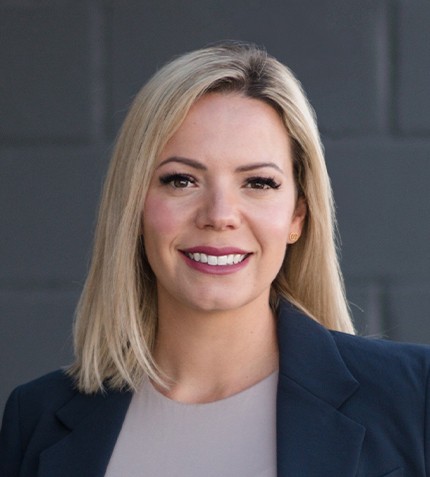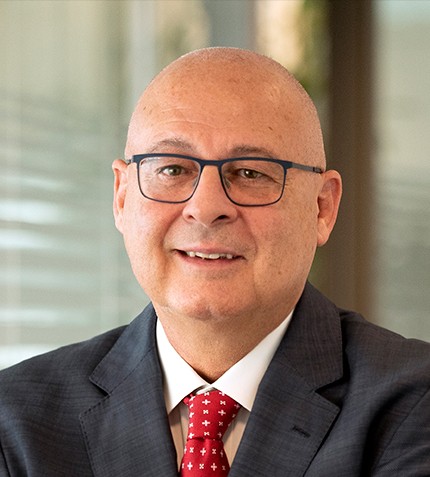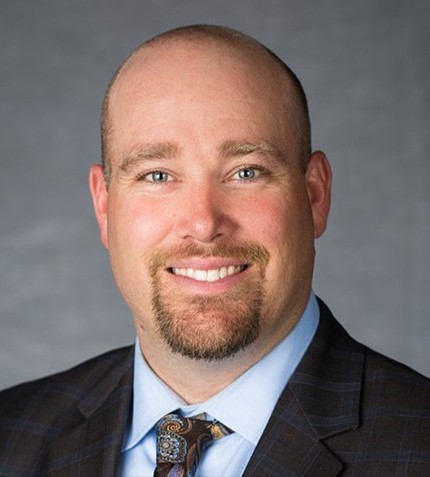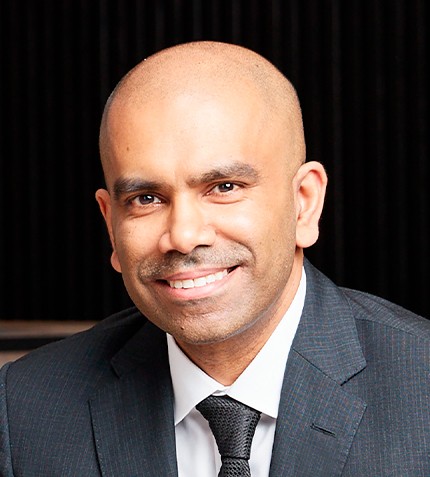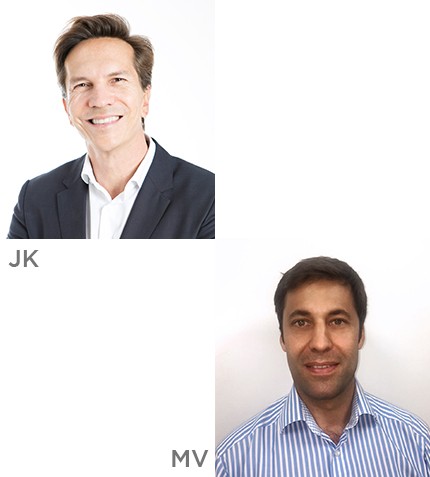
"The company is expanding outside of Latam, opening two new offices in Nigeria and South Africa to penetrate the African market."
Jan Krueder & Matthias Vorbeck
JK: CEO, QUÍMICA ANASTACIO, MV: GENERAL MANAGER, ANASTACIO OVERSEAS
What would you say have been the biggest challenges faced by Química Anastacio and Anastacio Overseas recently?
JK: Forecasting has been a challenge since 2020 and is still complicated in today’s environmental due to variables such as capacity and demand coming back, commodity markets fluctuating, the impact of the pandemic and the situation in Ukraine. Government incentives also created some artificial demand that is not sustainable. However, during the pandemic we ensured that we kept strong relationships with partners and suppliers, made alternative plans in the over 60 countries we supply to and source from, put effort into logistics, and stocked higher inventories to ensure continuous operations and consistent supply to our customers. This model worked well in 2020 and 2021, and 2022 thus far has been successful.
MV: From the perspective of Anastacio Overseas, 2020 was a challenging year, but industries and businesses adapted and rebounded quite quickly. The main issue of logistics disruptions remains a challenge in the trading business – there are still delays from 6 to 12 weeks, so calculating distribution lead times is difficult. However, from a gross perspective, all our main segments such as polyurethanes, polymers, styrene, and special raw materials are growing. Furthermore, the financial strength of our group allowed us to purchase materials upfront, which was not always possible for our competitors.
How is the topic of ESG is influencing Química Anastacio’s approach to business?
JK: Customers are increasingly concerned with sustainability and want proof that their suppliers are environmentally responsible. We are communicating with suppliers to ensure that we obtain the necessary sustainability certificates. We already have the RSPO (Roundtable on Sustainable Palm Oil) certification and do regular audits on suppliers to ensure their ESG indexes comply with our standards and values.
On the governance side, we have monthly board meetings to check our own indexes and the diversity inside our company.
What is your outlook for the Latin American chemical sector in 2023 and targets for the year ahead?
MV: The economies of Latin America have continued with their post-pandemic rebound, but as global financial conditions are tightening and commodity prices are reversing their upward trend, we question if the demand for chemicals will maintain the uptrend. The chemical sector in particular faces significant challenges such as persistent inflation and energy insecurity. Russia-Ukraine conflict is still affecting the supply of some raw materials such as Maleic Anhydride and Acetone. Logistical bottlenecks keep freight rates high and the clogging of terminals spread the congestion affecting the main Latin American ports, so the logistical problems are still far from being solved.
MV: However, due to Anastacio Overseas’ business segment diversity, I believe we will continue to see growth and expect for Anastacio Overseas, the trading business of Anastacio Group, a U$S 250 million turnover in 2022, compared to the U$S 175 million in 2021. This will depend on maintaining the current quantities and adding more products to our portfolio.
What is the strategy to grow the two companies organically?
JK: Química Anastácio operates in 18 different segments. We understand that to fully service a segment, we should treat it as an individual company with its own strategy, technical team and marketing budget. The company intends to keep growing through launching 10 new products per month, which we believe will allow us to achieve our annual 15% growth target. If one segment runs into crisis, there are other segments which can compensate.
MV: We recently hired a professional with 20 years’ experience as head of our agribusiness, one of the key growth markets in Latin America. We launched our own brand of TiO2 for the coatings market in 2019, which we believe will bring substantial growth. The company is also expanding outside of Latam, opening two new offices in Nigeria and South Africa to penetrate the African market. In the polyurethane business – one of the main business lines of the company – we are deeply convinced we can go global in the next year given the experience we accumulated in-house during almost a decade.




